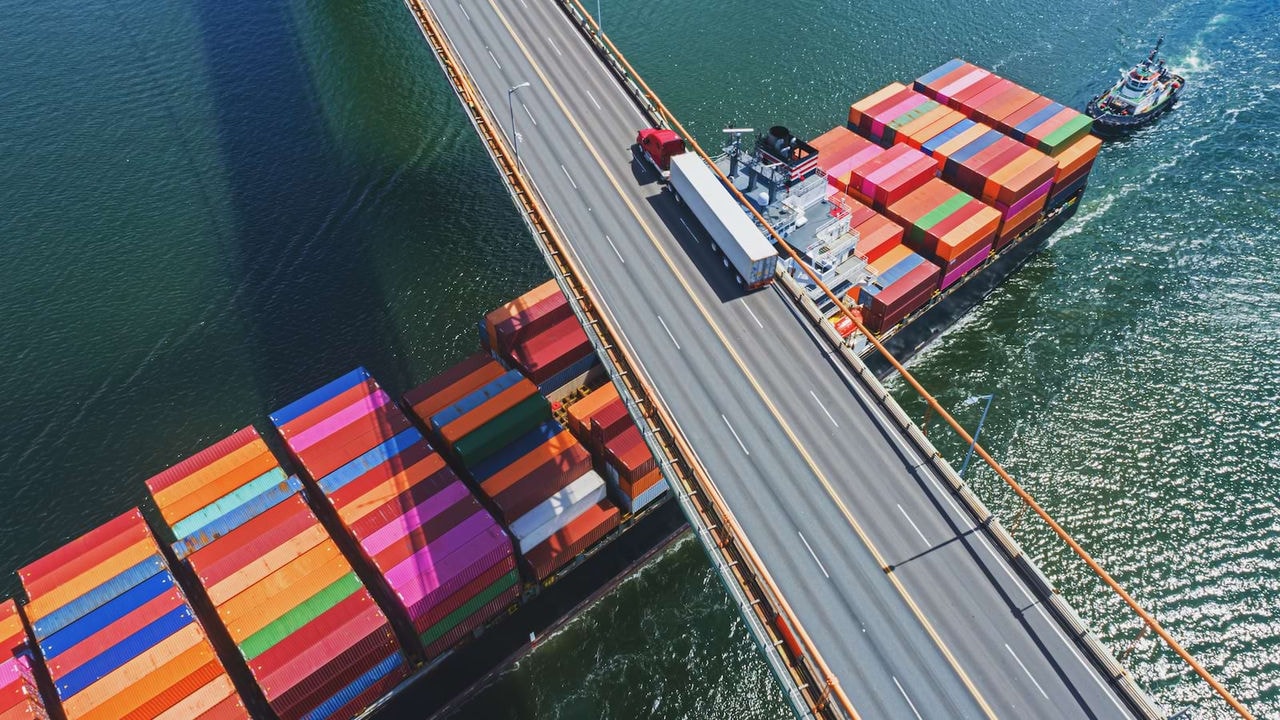Same borders, different bothers
Businesses that import products to the European Union (EU) have a lot on their plates these days. Some important features of the Carbon Border Adjustment Mechanism (CBAM) are likely to change as part of the proposed Omnibus packages and the European Steel and Metals Action Plan.1.1,1.2 The EU Deforestation Regulation (EUDR) is expected to enter into force in just a few months. And, last but not least, the European Commission (EC) is exploring potential tariffs on imports from the United States (US). In March 2025, the EC published a list of around 1,700 products (at the 8-digit level of the Harmonised System (HS)) which could be subject to possible countermeasures in response to steel and aluminium tariffs announced by the US.2 In June 2025, the EC closed a consultation on an additional list of around 5,000 products originating in or from the US which could also be subject to possible commercial policy measures.3
Broad issues, sole responsibility
The trade and sustainability policies mentioned above have very different objectives and characteristics – we will cover this in more detail in Table 1 below. Yet, in many businesses they fall under the responsibility of the same team or even only a single person. In this short article, we would like to give these businesses a hand by providing an overview and comparison of CBAM and the EUDR, and by putting these sustainability policies into the context of ongoing trade policy developments.
Wide scope, significant overlaps
To start off with, let’s have a look at the data. The product list published by the EC in March 2025 includes 1,708 products, the list published for the consultation that closed in June 2025 includes 5,037 products. There is an overlap of 67 products between these two lists, resulting in a final list of 6,678 products at the 8-digit HS level that could be subject to EU tariffs on US imports. The original list of CBAM products included 753 products but 184 were recently invalidated by the EC, resulting in a final list of 569 products at the 8-digit HS level. The list of EUDR products is structured slightly differently to the tariffs and CBAM lists: for this article we work with a list of 548 products at the 6-digit HS level. To facilitate the comparison, we focus the analysis on products at the 6-digit HS level. Ultimately, we analyse a list of 3,850 products at the 6-digit HS level including 284 products that fall under CBAM, 548 products that fall under the EUDR and 3,530 products that fall under potential EU tariffs on US imports.
Figure 1: Number of 6-digit HS products partly subject to potential tariffs, CBAM and EUDR
Given the different objectives and focus of CBAM and the EUDR, it comes as little surprise that there are no products that fall under both policies. However, the overlap between CBAM and tariffs and the EUDR and tariffs is considerable (Figure 1).
About 75% of the products covered by CBAM (212 out of 284) are also included in the list of potential EU tariffs on US imports. Of these 212 overlapping products, more than half (56%) belong to the "iron and steel" category (HS chapter 72). Another 28% are classified as "articles of iron and steel" (HS chapter 73) and 14% fall under "aluminium and aluminium products" (HS chapter 76). (Figure 2)
Figure 2: Number of 6-digit HS products subject to potential tariffs and CBAM
Around half of the products that fall under the EUDR also fall under the potential EU tariffs on US imports. One-third of these 300 products are “paper and paperboard products” (HS2 chapter 48), 24% are “products of wood and articles of wood” (HS2 chapter 44), and around 18% fall under “rubber and articles thereof” (HS2 chapter 40).
Figure 3: Number of 6-digit HS products subject to potential tariffs and the EUDR
Distinct topics, familiar and potentially accumulating challenges
As mentioned before, the sustainability and trade policies discussed here have very different objectives. However, for businesses these policies often result in similar or even accumulating practical challenges. Businesses that import screws and bolts (e.g. HS8 code 73181535) from the US to the EU, for example, will need to think about the impact of CBAM as well as EU tariffs. Similarly, businesses that seek to import smoked sheets of natural rubber (e.g. HS8 code 40012100) will need to consider EU tariffs and comply with certain EUDR due diligence obligations. Since the US is classified as a low-risk country, this means importing businesses need to collect information for due diligence purposes but not assess and mitigate risks.4
For CBAM and the EUDR, technology-enabled data collection and analytics, automated reporting and forecasting, and strategic planning and implementation are of central importance. In Table 1 below, we summarise the key information on these two sustainability policies.
Table 1: Key information on CBAM and the EUDR
| Topic | CBAM | EUDR |
| Purpose | Ensure imported products face the same carbon pricing as EU-produced goods to prevent carbon leakage | Prevent deforestation by ensuring products sold in the EU are not linked to deforestation or forest degradation |
| Entry into force | 17 May 2023 Transitional phase: 1 October 2023 Definitive phase: 1 January 2026 |
29 June 2023 Large and medium-sized companies: 30 December 2025 Small and micro-enterprises: 30 June 2026 |
| Activity covered | Import | Import and export |
| Product groups covered | Aluminium, cement, electricity, fertilisers, hydrogen, iron and steel | Cattle, cocoa, coffee, palm oil, soy, wood, rubber and products derived from these |
| Number of products covered | 569 (HS8 level) | 548 (HS6 level) |
| Stakeholders | Declarant, importer, representative, installation, operator | Trader, operator, representative, producer |
| Reporting system | CBAM Registry | EUDR Information System |
| Reporting format | Upload zipped XML | Upload JSON or connect API |
| Reporting period | Transitional period: Quarterly Definitive period: Annual |
Annual |
| Reporting level | One report per quarter/year | One due diligence statement per shipment |
| Data subjects | Customs and trade, emissions | Customs and trade, geolocations |
| Number of total data points | Up to 223 (one report on one product) | Up to 20 (one due diligence statement on one product) |
What’s next?
The landscape of European trade and sustainability policy is evolving constantly. The 90-day pause of US tariffs announced in April 2025 is coming to an end soon. This could trigger the introduction of EU tariffs on some of the products discussed above. With regards to CBAM, a communication on products exported from the EU to third countries is expected by July 2025 and a review on the potential extension of the scope to certain steel and aluminium-intensive downstream products is expected by the end of the year – both initiatives could have a significant impact on European businesses. EUDR will enter into force in only a few months and businesses are now required to check their supply chain against the recently published country classification and associated due diligence criteria.
At PwC, we’re ready to navigate our clients through this time of uncertainty and complexity. Get in touch with us.











